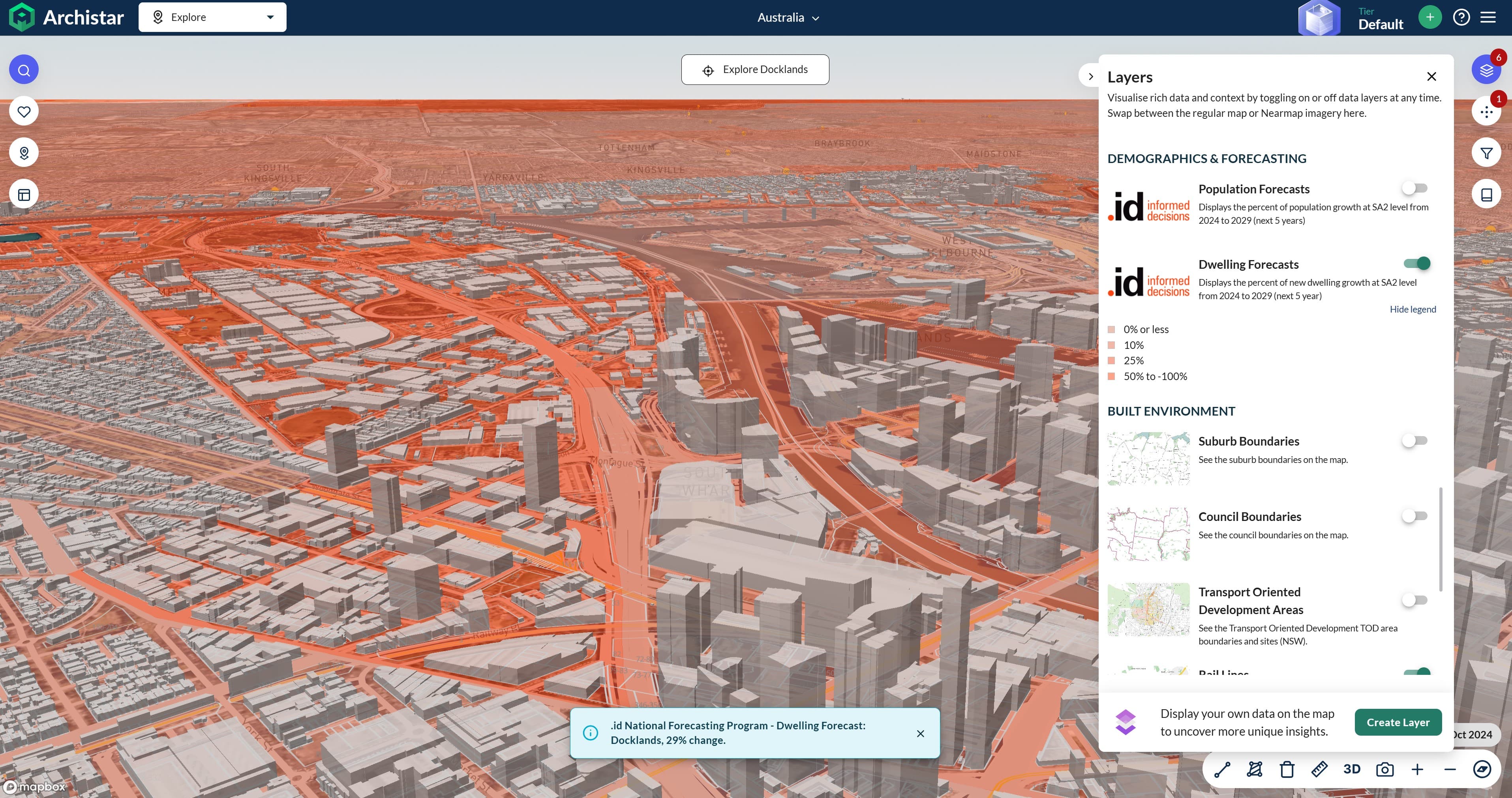If you have visited our publicly accessible population forecasts recently, you may have wondered if these forecasts account for the impacts of COVID-19. Andrew Rossiter, one of our forecasters and consultants, explains how you can identify the challenges (and opportunities) in your area with a new page the team have added to our population forecasting tool.
The impact assessment series
How COVID-19 will impact the future population of…
- Major Regional Cities
- Peri-Urban areas
- Growth areas
- Suburban areas
- Rural areas
- City and CBD areas
Subscribe to our blog to be notified when we publish the next blog in this series.
COVID-19 is causing major social and economic disruption which is evolving rapidly around the world. In Australia, the impacts on the size and distribution of future population growth are significant.
The goal of our population forecasts is to help you make informed decisions when planning for the future. To make this possible in a rapidly evolving and fluid situation like COVID-19, the team have developed an assessment of how the pandemic is likely to impact the key drivers of population change in your area, so you can consider the challenges and opportunities in your community and respond accordingly.
Do the current forecasts capture COVID-19 impacts?
Our current forecasts represent an important view of your place prior to the COVID-19 shock. Therefore, they do not consider or reflect the potential changes to forecast assumptions stemming from the pandemic.
They do, however, provide an excellent baseline by which to understand where the population may have been without this external shock.
In the future, the baseline can be used to benchmark against “the world that was”, meaning that current local area forecasts are highly relevant to informing a number of decisions to respond to the changing needs of current and future communities.
How do we know what the impacts of COVID-19 will be?
We don’t yet have all the answers, but we do have an excellent framework for understanding how COVID-19 is likely to impact the different drivers of population change.
We have also modelled the impacts at a national level. We anticipate that due to COVID-19, Australia will have close to 900,000 fewer residents than we previously forecast. Put another way, this is larger than the current populations of Tasmania and the Northern Territory, combined!
So how could this national impact play out for local government area population forecasts, particularly as it’s so evolving quickly? The simple answer is we don’t exactly know… yet! But we have an excellent framework for discussing and sharing our thinking.
Local area forecast impact assessments
We have developed COVID-19 impact assessments for local government population forecasts. This ‘place-based’ assessment outlines our thinking on how COVID-19 may influence a number of population drivers locally, including:
Components of population change
- Migration – who will move into an area as well as who is leaving the area.
- Natural increase – the number of births and deaths we have forecast.
Demand drivers (push/pull factors)
- Economic resilience – availability of a range of jobs.
- Resident vulnerability – unmet social and economic needs, and how this could increase the likelihood of moving house or changing who you live with.
- Local amenity – factors that make an area an enjoyable place to live.
The COVID-19 impact assessment draws on data from across .id tools, to understand the potential impact COVID-19 could have on a range of factors which influence these population drivers. It is designed to help you understand and interpret the likely impact on population change at a local level.
Will these impacts be felt the same everywhere?
While we know that COVID-19 will play out differently in different places, we are also asking ourselves if there are any COVID-19 impact similarities between places. Every Loval Government Area (LGA) has unique population characteristics, but the challenges and opportunities they experience will have some similarities when viewed by typology.
A typology is a framework which simply groups LGAs with like characteristics. For example, is a place a city, is it rural, is it coastal, or is it suburban? When viewed through the lens of “what is the role and function of this place?”, we can start to tell a narrative of the likely impacts, the challenges and opportunities for that type of place.
The COVID-19 impact assessment provides a nuanced view of these similarities by typology. It allows us to identify similar impacts by typology, but also allows us to pinpoint differences in the magnitude of these impacts on population drivers between different places.
Subscribe to our product updates to be notified as we roll out our analysis, based on typology. Major regional cities (of which there are 30 in Australia) is the first group to be released.









